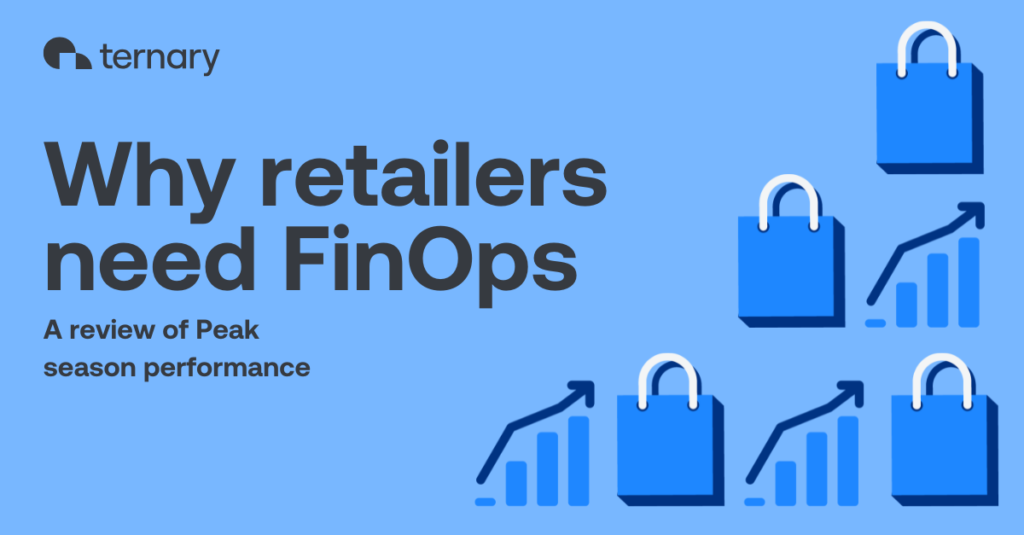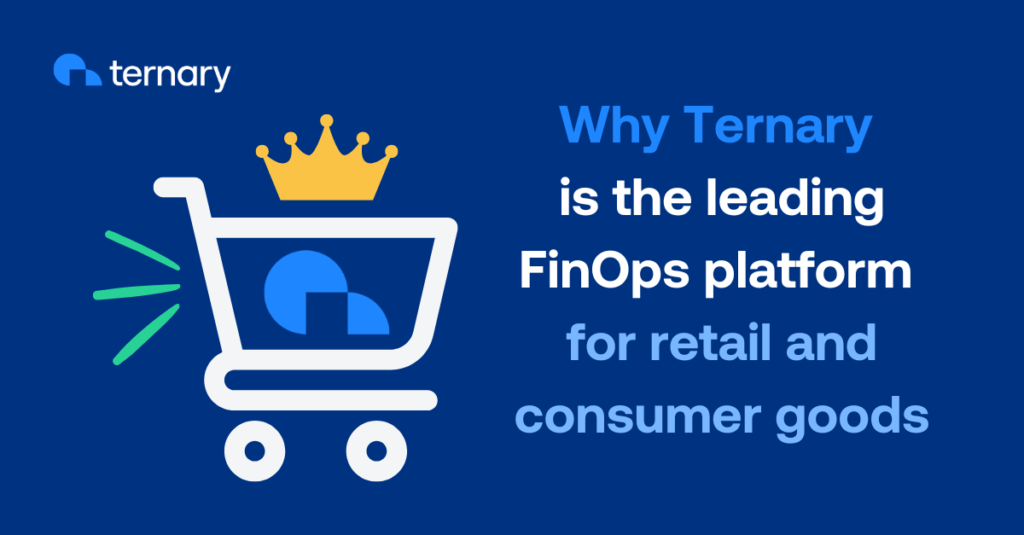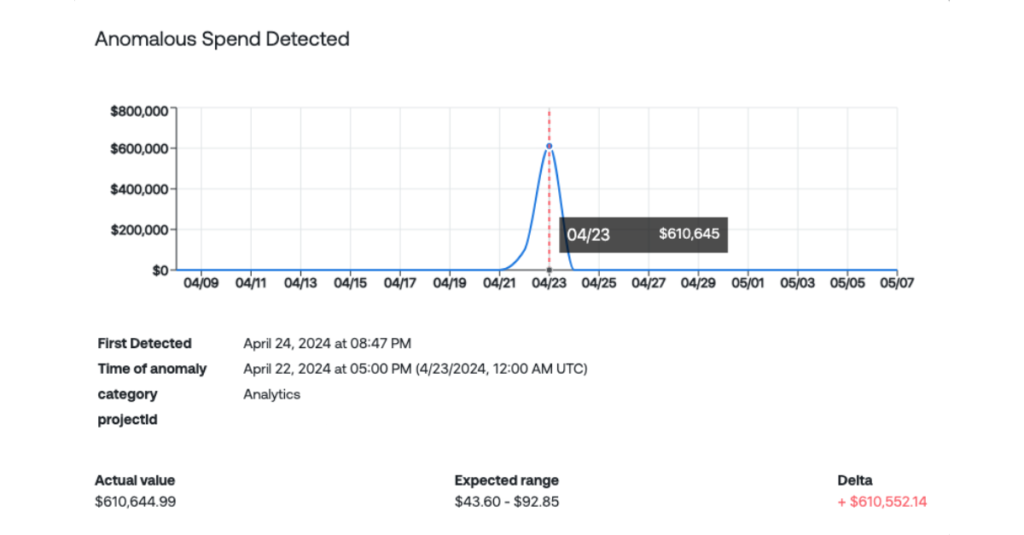‘Twas the season for fluctuating cloud spend. Premier shopping periods, often referred to as “Peak”, drive surges in retail demand, fueled by high consumer activity and a flurry of promotions. While these periods vary by region, consumer behavior, and cultural holidays, they are critical for retailers to maximize profits. Many retailers face unexpectedly high cloud bills over this period. Keep reading to learn how adopting FinOps can help you optimize cloud spend during Peak and boost profitability.
A retrospective on Peak season
The US holiday season stands as the ultimate Peak season. Each year, retailers worldwide feel the pressure; in 2024, the stakes were even higher. With five fewer days between Thanksgiving and Christmas than they’d had in 2023, US retailers faced a condensed shopping window. This led to record-breaking online sales: $10.8 billion on Black Friday and $13.3 billion on Cyber Monday.
As demand surged, retailers leaned more heavily on cloud technologies to manage everything from infrastructure and logistics to data analytics and customer engagement. Essential services commonly include compute, cloud storage, networking, and analytics, plus artificial intelligence (AI) and machine learning (ML) tools.
For example, solutions like Amazon S3, Google Cloud Storage, and Microsoft Azure Blob Storage can help securely manage product inventories, sales records, and customer data. To gain real-time insights, services like Google BigQuery, Amazon Redshift, and Microsoft Azure Synapse Analytics can analyze sales trends, customer behavior, and operational performance, enabling smarter decision-making. Additionally, AI and ML services such as Amazon SageMaker, Google Vertex AI, and Microsoft Azure Machine Learning can optimize demand forecasting, pricing, personalized recommendations, and fraud detection, boosting profitability and enhancing customer experiences.
As you reflect on the holiday season, consider the following questions:
- Were you prepared for Peak’s surge in demand?
- Did you see increased spending on key cloud services?
- Did your actual cloud spend align with your budget?
- How accurate were your forecasts?
- Did fluctuations in cloud spend impact key business metrics like transactions, purchases, or shipments?
- Are you able to quickly identify cloud infrastructure anomalies that could impact your online retail operations? Were you notified of any such anomalies in spend during Peak?
If your answers suggest you exceeded projections or encountered unexpected costs, it’s time to adopt a FinOps strategy.
Getting started with FinOps
FinOps is a collaborative practice that maximizes the business value of your cloud spend. By uniting finance, engineering, and product teams, FinOps ensures your cloud investments align with business goals and boost operational efficiency. To drive profitability, it’s critical to connect cloud spending with its direct impact on margins.
Operational inefficiencies, especially in cloud costs, can quickly erode your margins. After key periods like Peak, it’s a good idea to conduct a margin analysis, uncovering your true profitability. While gross margins from product sales may look strong, you must factor in operating costs, such as cloud spend, to get an accurate picture of your net margins.
Gross and net margins are key FinOps metrics. To dig deeper, you can tie your cloud costs to unit metrics like cost per digital order. By understanding your unit economics, your business can answer key questions such as:
- How much merchandise do we need to sell to cover the cost of underutilized resources?
- What is the lifetime value of our customers compared to the cloud infrastructure cost per customer?
- How much cloud storage are we using per product sold, and how can we reduce unnecessary storage costs?
- What is our per-unit cloud spend with each of our cloud providers? Is there room to negotiate volume discounts or better pricing tiers based on our usage patterns?
Here are a few ways you can get started today:
- Build your FinOps team. Whether you’re the sole FinOps practitioner or part of a centralized team, collaborating with stakeholders across Engineering, Operations, Product, and Finance is essential to success.
- Prepare for Peak shopping periods. Continuously assess cloud infrastructure investments before Peak shopping periods and review their efficiency afterward to understand cost drivers.
- Factor historical consumption into planning. Use historical cloud spending trends to improve budget planning and forecasting, making sure you’re ready for fluctuations in demand.
By integrating FinOps into your cloud strategy, you can optimize costs and drive better financial outcomes across your retail business.
Why retailers trust Ternary
Retailers are increasingly turning to Ternary to eliminate wasteful spending and optimize cloud costs. Our FinOps-native platform offers clear visualizations and customizable reports, enabling both business and technical teams to easily analyze cloud usage trends and seasonal spikes. Ternary helps you allocate cloud costs across business functions (e.g., marketing, logistics, fulfillment), driving accountability and better financial management.
With support for all major cloud providers, AWS, Azure, and GCP, Ternary empowers you to eliminate waste, negotiate better terms, and unlock substantial savings. Ternary transforms insights into actionable steps for effective cost control, revolutionizing cloud cost management for retail and consumer goods companies.
Ready to begin your FinOps journey?
We hope you found this blog article helpful in demonstrating why retail and consumer goods companies can benefit from FinOps. Check out our full 10-step guide for getting started with FinOps to see how Ternary can help you visualize, allocate, and optimize your cloud costs!
See Ternary in action and learn more about controlling
cloud spend.




